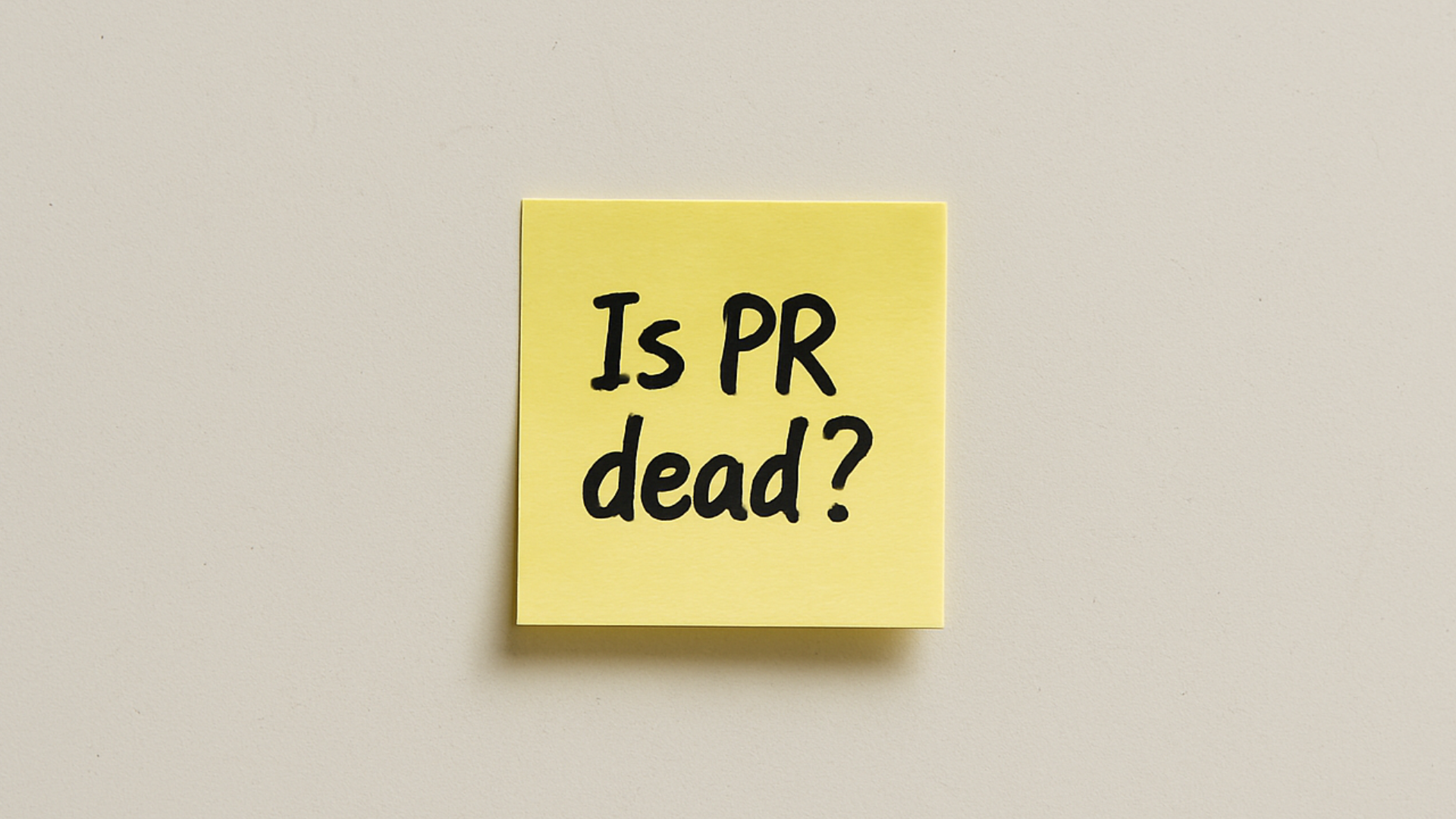I am a marketer. A purist, if you will. Idea-driven, channel agnostic.
But I am about to embark on a rant about PR. And I genuinely think it is because of my channel neutral background that I feel entirely qualified to do so.
Because if I’m honest, I’ve never really understood why PR is often solely understood and measured through the narrow lens of media relations. At best, media relations is a siloed function useful for driving brand messaging by securing column inches or airtime.
But PR? Actual Public Relations? Surely, surely, that has always been about more than that?
This perception reduces PR to a single-channel marketing discipline, a mere appendage to content campaigns, activated only when a press release is needed. Or, even worse, a single channel approach to thought leadership that only leads to whitepapers, research reports and insights having a 2-week media shelf life.
Don’t get me wrong. Media relations is an important part of the marketing mix but it is only one refraction of PR.
PR is unique in that it addresses all of an organisation’s external audiences, from investors to customers, prospects to employees and beyond. Putting PR in the middle of the marketing mix gives any marketer the best view of marketing effectiveness.
Furthermore, the greatest skill a good PR person has is in finding the right way to tell a story. For the Hoffman Agency, storytelling has become an obsession. Angle, format, timing, platform, audience, action. An editorial discipline means understanding what constitutes a compelling narrative, how to frame complex ideas accessibly, how to identify and engage different stakeholder groups, and how to maintain credibility and trust. These are foundational elements for effective communication across all marketing channels.
Reputation management, product adoption, brand perception, customer expansion, demand generation, and market share growth; these are all outcomes we should expect PR to deliver. And if we do, we cannot possibly see PR as just a media relations activity.
Consider the content deluge B2B tech buyers face daily. In this environment, authenticity and value cut through the noise far more effectively than volume of coverage. In almost all B2B tech markets, perceptions of a vendor’s brand is far more persuasive than the capability of their products or solutions.
Again, we should expect PR to be the difference-maker in this context. And, again, PR must be multi-channel, multi-format and multi-disciplinary to meet that expectation.
An integrated PR team should be anchored in editorial principles, reinforced with foundational marketing principles and amplified with multi-channel content skillsets. This is the model for a modern PR team that is equipped to instil the brand authenticity, value proposition accuracy and demand generation calls to action across the marketing spectrum. This team can shape every dimension of a brand; website copy that informs and persuades rather than just sells, social media content that sparks genuine conversation, email marketing that offers tangible value, media relations that increase mental market share, and digital ad campaigns that resonate with customer needs rather than just product features.
This integrated approach is how marketing teams foster consistency and improve marketing ROI. When integrated marketing anchored by PR underpins all marcoms, an authentic yet customer-centric brand voice and narrative naturally emerges. The story told in a press interview aligns seamlessly with the messaging on the website, the tone of social media updates, and the themes of thought leadership content. This consistency is vital for building a strong, recognisable, and trustworthy brand – a core PR objective that benefits the entire marketing function.
An integrated, channel neutral approach is the future of marketing in our industry. But this does not mean the end of PR. Far from it. It means that now is the time for PR to reach its true potential.















